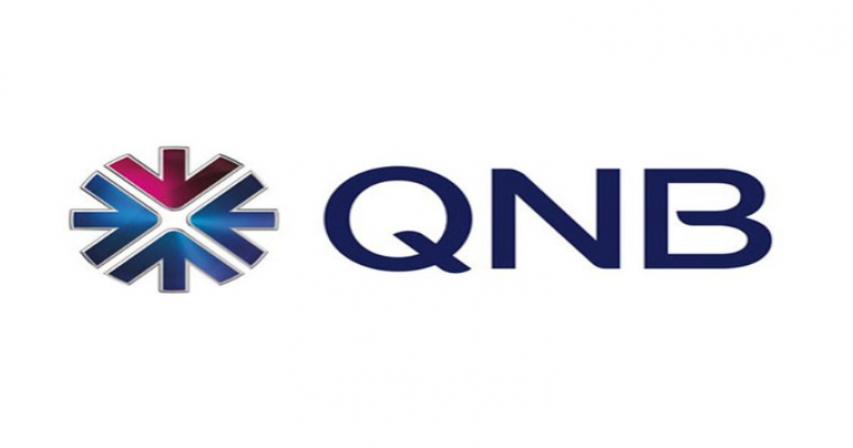Qatar National Bank Group (QNB) said that emerging market assets are struggling to keep pace with rising commodity prices, which is usually considered one of the main factors driving the performance of emerging markets.
In its Weekly Commentary, QNB said, "Rising commodity prices are usually a major tailwind for emerging markets (EM). In fact, the positive relationship between commodity cycles and capital flows to EM, that benefits macroeconomic growth in expansion cycles, has been holding up in different forms for centuries. High and rising commodity prices often lead to a positive feedback loop in EM, which improves external accounts, appreciates the local currency, increases government revenues and props up credit ratings. This boosts EM credit expansion and overall GDP growth.
"In principle, this should be great news for EM in this period of recovery from the COVID-19 pandemic. At the time of writing, the Bloomberg Commodity Index is up 56 percent from the lows of March 2020 and 15 percent from last years pre-pandemic highs. Prices of metals and minerals are back to levels last seen more than ten years ago, during a big commodity boom, while agricultural products are also making new multi-year highs.
"However, the usual synchrony between commodity prices and EM assets, which lasted from March to the end of 2020, is clearly breaking down. While commodity prices are up 17 percent so far this year, the MSCI EM Index, which captures large and mid-cap equities of 27 different EM, is down more than 5 percent during the same period."
"In our view, three main factors explain this unusual divergence in prices," the bank pointed out.
QNB explained, "First, real interest rates in EM, which adjust the nominal interest rate by local inflation, have been falling vis-a-vis US real rates. This is a negative for EM because real interest rate differentials are a major driver for capital flows, as investors look to allocate their resources in assets with high, risk-adjusted real yields. While inflation in EM, specially in Latin America (LATAM), Asia and the emerging Europe and Africa region (EMEA) has been spiking up since the beginning of the year, EM central banks have not yet fully adjusted interest rates to adequate levels. This causes a widening in real spreads between EM and advanced economies.
"Second, the EM economic recovery has been weaker than the US recovery, particularly in middle- and lower-income EM. This is mostly due to slower mass vaccination campaigns that prolong the pandemic in EM countries and less policy space to stimulate the economy during the downturn. With weaker central banks and fiscal institutions, and with a smaller capital base to tap into, most EM did not have the conditions to support their households and corporates the same way that advanced economies did. As a result, while economic authorities protected the balance sheet of the private sector from the pandemic crisis in the US and other advanced economies, the same did not apply for most EM. Thus, both consumption and investment will be relatively slower to recover in most EM, even in a context of higher commodity prices.
"Third, despite rising commodity prices, there has so far not being major improvements in the trade balance of non-energy EM commodity exporters in recent quarters. This is partially due to the fact that manufactured goods have also been rising in price, due to supply constraints and a boom in demand for electronics, which pressures the import bill of commodity exporters. This negatively affects EM current account balances and available reserves for monetary or fiscal support, preventing a faster economic recovery.
QNB concluded, "All in all, real interest rate differentials, relative economic performance and strong demand for manufactured goods are preventing most EM from benefiting more from rising commodity prices. This may change soon should high commodity prices persist while EM central bankers adopt a more hawkish stance against inflation." (QNA)

Comments